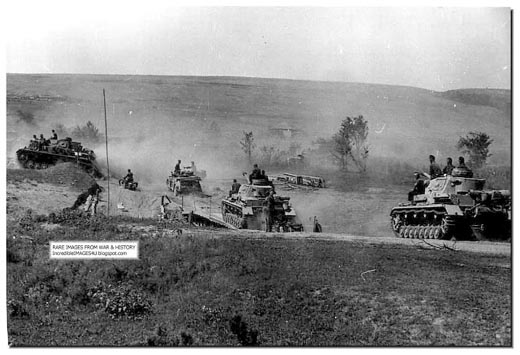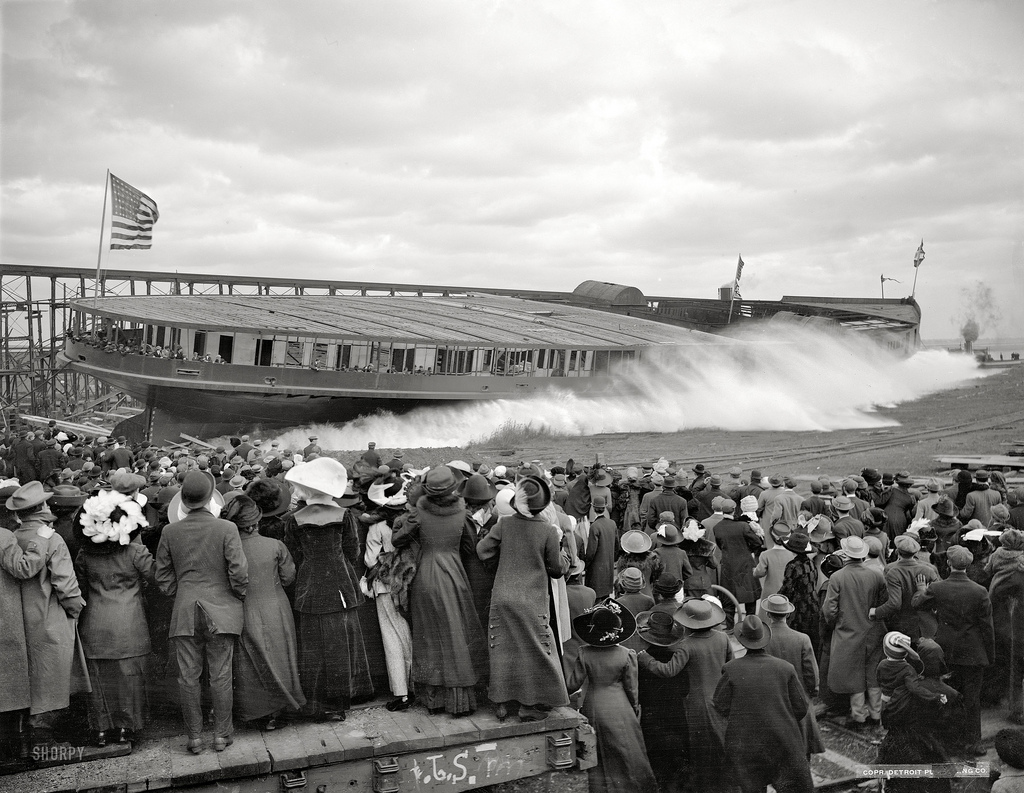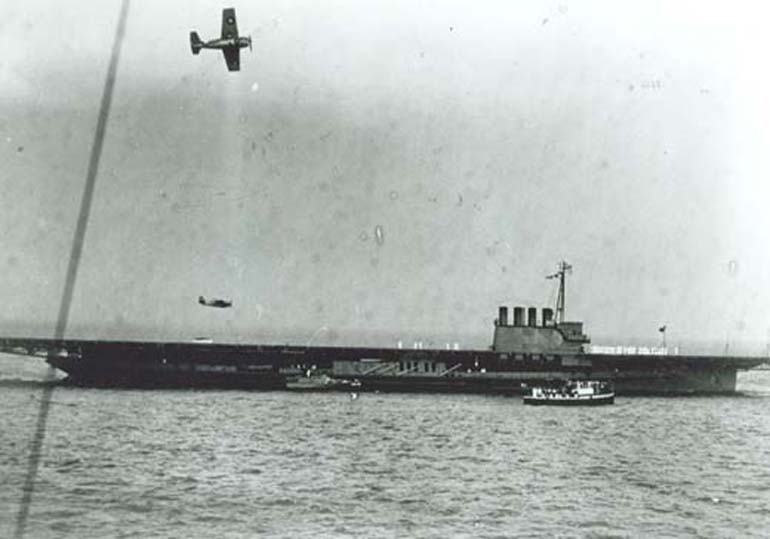Air Operations, Bismarcks
5th Air Force B-17s attack the airfields in the Rabaul area.
[Air Operations, Egypt
- 12th Medium Bomb Group B-25s attack the German Army tank repair shops and depots at Matruh.
- 1 B-25 is mistakenly downed by an RAF fighter pilot.
Air Operations, Europe
BOMBER COMMANDEvening Ops:
- 3 Halifaxes drop leaflets over Paris, no losses
Air Operations, New Guinea
5th Air Force B-17 attack the airfield at Lae.
[Britain, Home Front
Sir A. Sinclair, Secretary of State for Air, speaks at Swansea about the work of RAF Bomber Command: 'as the German gaze at their homes they should remember all the cities destroyed by Hitler's bombers and thank the Führer.'
[Caribbean
North of Panama, US Army aircraft sink U-654.
[Diplomatic Relations
Brazil declares war on Italy and Germany. The loss of 5 of its ships triggers the action. Brazil's entry into the war facilitates Allied air transport, opening up the safer and shorter South Atlantic by way of Ascension Island.
[Eastern Front
Panzers make a narrow breach in the Russian line at Veryachi, north of Stalingrad. German paratroopers land behind Russian lines near Stalingrad and are badly mauled.
SOUTHERN SECTORThe 64th Army stalls both the XLVIII Panzer and IV Corps southwest of Stalingrad.
The German 12th Panzer Division |
 |
Hitler's continual interference and redirection of forces had impacted heavily upon the course of the offensive to the Don. Wasted time and lost opportunities meant the Red Army had evaded destruction in the fashion of 1941. Despite this, Hitler jumped to the conclusion that a lack of prisoners meant a lack of enemy forces. Nothing could be further from the truth. Truly the Soviet conduct of the campaign had been appalling. Hitler's own meddling having been their saving grace, but the field armies were still largely intack, if demoralized. Stalin though had changed everything with his 'Not one more step back' order. No longer would the Red Army retreat. Soviet space was no longer limitless. Germany had reached the peak of its success.
With Paulus poised on the Don, ready to strike eat to the Volga and Kleist forcing his way deeper into the Caucasus, the German armies on the southern wing found themselves advancing on broadly separate axes. Hitler's diecition to alter his olw plan to achieve both to the campaign objectives simultaneously would fundamentally alter the outcome of the 1942 summer offensive. The Ostheer would find itslelf fighting a battle it was entirely unsuited for in the city on the banks of the Volga River.[
Guadalcanal
The first US Army planes, 5 P-400s of the 67th Fighter Squadron led by Capt Dale Brannon, arrive for duty at Henderson Field, flying in from New Hebrides. The P-400 is an advanced version of the P-39. Ships bringing supplies are thus afforded greater protection, but shipments remain small. A battalion of US Marines arrives from Tulagi to reinforce the garrison at Lunga.
The Japanese send surface bombers escorted by Zeros to attack Guadalcanal. Another Zero is shot down but several F4Fs are also lost.
[New Guinea
The Japanese forces, 11,000 men commanded by Gen Tomitaro Horii, prepare for the offensive. They will be opposed by an equal number of Australian, American, British and native troops. Australian Maj-Gen Cyril A. Clowes takes over command of the Milne force which consists of 8,133 Australians and 1,365 Americans.
[Pacific
- The American destroyer Blue (DD-387) is damaged by a torpedo from a surface vessel in the Solomon Islands area. It is scuttled by US forces the next day.
- The US submarine Haddock (SS-231) torpedoes and sinks the Japanese transport Tatsuho Maru (4000t) off the China coast near Foochow.
Solomons
More Marines from the New Hebrides arrive at Tulagi.
[United States, Home Front
Michael Fokine, a Russian coreographer and ballet master dies in New York at the age of 61.
|
|
On Aug. 22, 1942, the USS Wolverine (IX-64), the Great Lakes' first and only aircraft carrier, was commissioned at Chicago. The Wolverine was used on Lake Michigan to train student aviators in carrier landings and takeoffs.
Wolverine - a side-wheel excursion steamer built in 1913 - was originally named Seeandbee, a name based upon her owners' company name, the Cleveland and Buffalo Transit Co. She was constructed by the American Ship Building Company of Wyandotte, Michigan. The Navy acquired the sidewheeler on 12 March 1942 and designated her an unclassified miscellaneous auxiliary, IX-64. She was purchased by the Navy in March 1942 and conversion to a training aircraft carrier began on May 6, 1942. The name Wolverine was approved on August 2, 1942 with the ship being commissioned on August 12, 1942. Intended to operate on Lake Michigan, IX-64 received its name because the state of Michigan is known as the Wolverine State.
Fitted with a 550 ft flight deck, USS Wolverine began her new job in January 1943, joined by her sister USS Sable (IX-81) in May. Operating various aircraft out of Naval Air Station Glenview, a suburb of Chicago, the two paddlewheelers provided a training platform not only for pilots, but for Landing Signal Officers (LSOs) as well.
Sable and Wolverine were a far cry from frontline carriers, but they were suitable enough for accomplishing the Navy's purpose: qualifying naval aviators, fresh out of operational flight training, in carrier landing techniques. The two carriers lacked certain equipment found on fleet carriers, such as elevators or a hangar deck. If crashes used up the allotted spots on the flight deck for parking damaged aircraft, the day's operations were over and the carriers headed back to their home on Chicago's waterfront, the Navy Pier.
Making only 18 knots top speed, the Great Lakes carriers had operational limits to contend with such as “wind over deck” (WOD). Specific WOD minimums of around 30 knots were required to land combat aircraft such as F6F Hellcats, F4U Corsairs, TBM Avengers and SBD Dauntlesses. When there was little or no wind blowing over Lake Michigan, flying operations often had to be cancelled because the carriers couldn't reach the speed required to meet the WOD minimums. Low WOD speeds were critical on these carriers as the flight deck was relatively close to the water, compared to fleet carriers. Any aircraft not generating enough forward speed on takeoff would experience “sink” once clear of the bow. Many fleet carriers had enough height above the water for the pilot to collect the aircraft and gain flying speed, not so on Wolverine.
If low wind conditions continued over several days, a backlog of waiting aviators grew. The alternative was to qualify the pilots in SNJ Texans which had a lower threshold for WOD—even though most pilots had not flown the SNJ for four or five months. This process sent pilots to operational units without actually having carrier-landed the type they would fly while deployed with the fleet.
[
